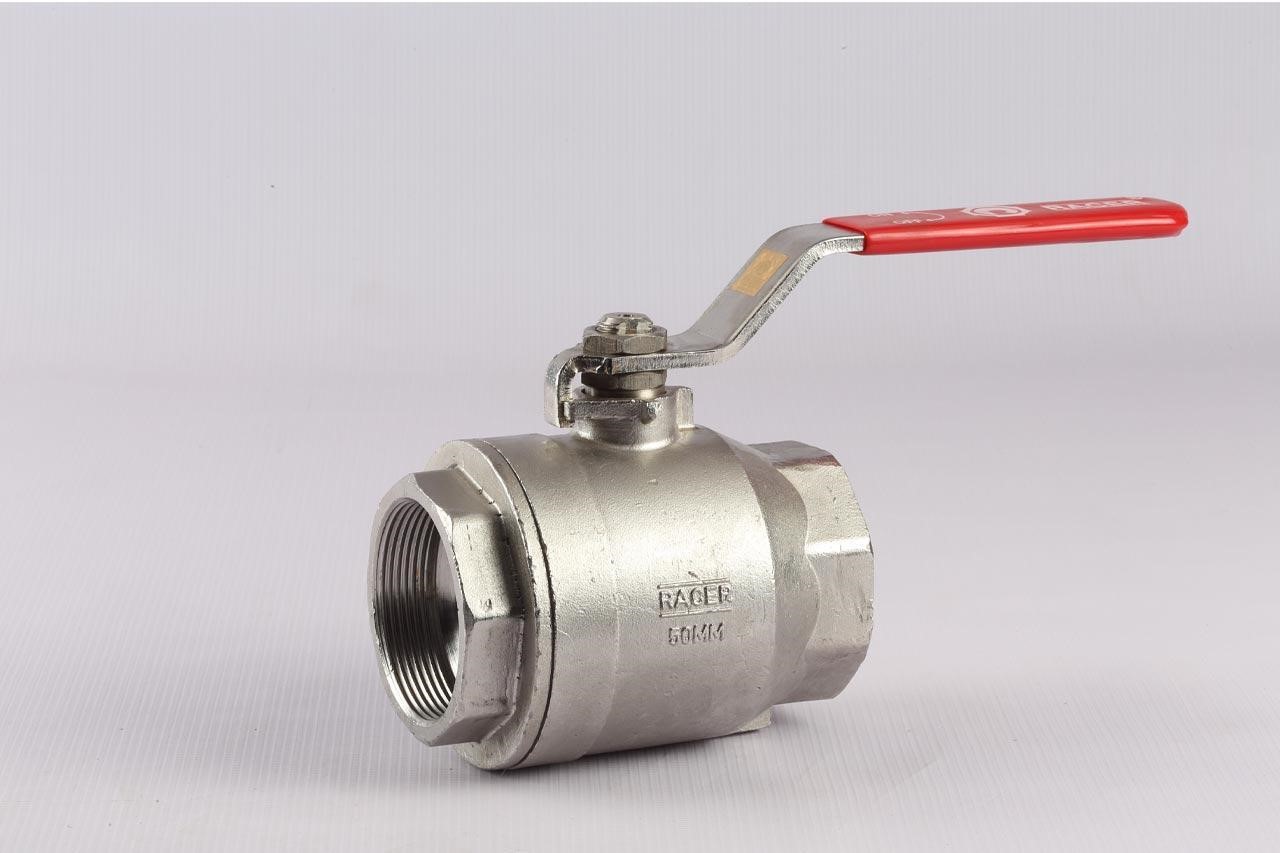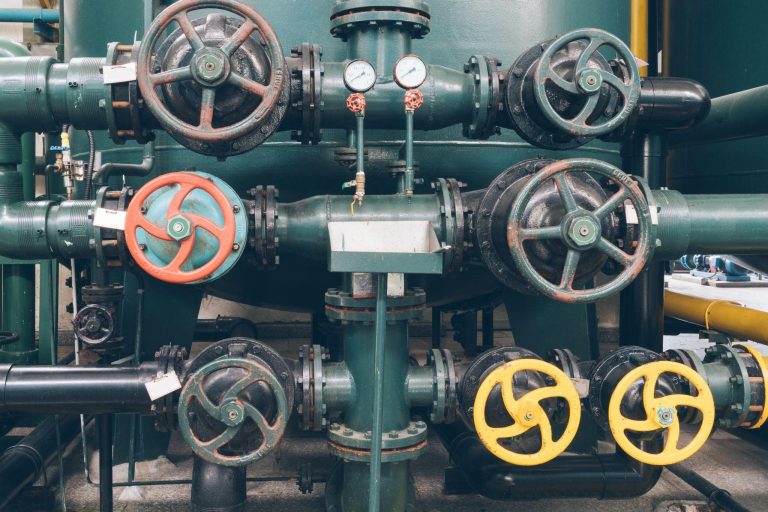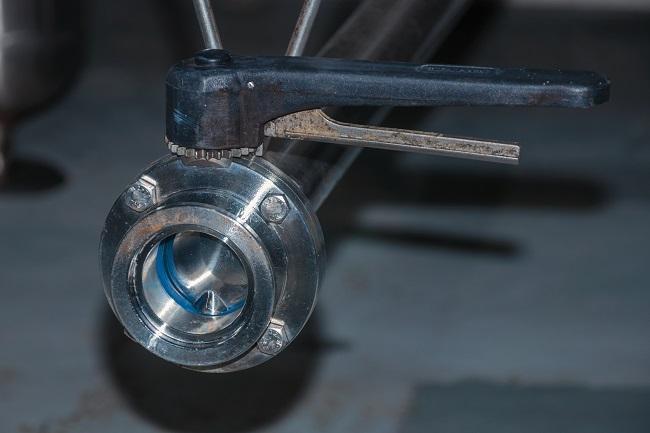Ball valves have become increasingly popular for high-temperature environments due to their ability to withstand extreme temperatures and provide a reliable seal without budging. High-temperature environments are integral to various industries such as oil and gas, power generation, and chemical processing. Ball valves help these industries handle a wide range of temperatures and pressure, and if you’re one of them, you need to know the applications you can use them for.
In this article, we’ll explore the application of ball valves in high-temperature environments and the benefits they offer. If you are looking for a reliable and durable valve for your high-temperature application, this article will provide you with the information you need to make the ideal choice.

When it comes to high-temperature operations, the material of the ball valve plays a big role. Here are some of the most common materials used in high-temperature ball valves:
Stainless Steel
Stainless steel is a popular choice for high-temperature ball valves due to its corrosion resistance and ability to withstand temperatures up to 850°F. It’s also a cost-effective option.
Alloy 20
Alloy 20 is a nickel-chromium-molybdenum alloy with high corrosion resistance and can withstand temperatures up to 1000°F. It’s commonly used in high-temperature applications in the chemical processing industry.
Inconel
Inconel is a high-performance alloy that can withstand temperatures up to 2000°F. It’s commonly used in high-temperature applications in the oil and gas industry.
Titanium
Titanium is a lightweight and corrosion-resistant metal that can withstand temperatures up to 900°F. It’s commonly used in high-temperature applications in the oil and gas industry.
The choice of material for a high-temperature ball valve will depend on the specific application and your industry. Stainless steel, alloy 20, and Inconel are the most commonly used materials for high-temperature ball valves, but you should consult with the manufacturer to ensure that the material is suitable for your needs.
Here are some of the key designs and features of high-temperature ball valves:
Fire-safe design
Many high-temperature ball valves are designed with a fire-safe feature that prevents the valve from leaking in the event of a fire. This is achieved by using a metal-to-metal seat that can withstand high temperatures without deforming.
High-pressure ratings
Ball valves have pressure ratings typically ranging from 1500 to 6000 PSI.
Actuation
High-temperature ball valves can be actuated manually, pneumatically, or electronically, depending on their configurations and the price.
Anti-static design
To prevent electrical sparks, some high-temperature ball valves are designed with an anti-static feature that dissipates electrical charges.
The design and features of a high-temperature ball valve are crucial to its ability to withstand extreme temperatures and provide a reliable seal.

Here are some of the most common applications of high-temperature ball valves:
Oil and gas
In the oil and gas industry, high-temperature ball valves are used in applications such as the production, refining, and transportation of oil and natural gas. They are also used in drilling, wellhead control, and subsea production systems.
Power generation
In the power generation industry, high-temperature ball valves are used in applications such as coal-fired power plants, nuclear power plants, and combined-cycle power plants. They are used to control the flow of steam, water, and other fluids in these systems.
Chemical processing
In the chemical processing industry, high-temperature ball valves are used in applications such as refining, petrochemicals, and specialty chemicals. They are used to control the flow of corrosive and toxic fluids in these systems.
Pharmaceuticals
In the pharmaceutical industry, high-temperature ball valves are used in applications such as drug synthesis, sterile processing, and packaging. They are used to control the flow of fluids in these systems.
Metal production
In metal production, high-temperature ball valves are used to control the flow of molten metal, slag, and other fluids in high-temperature applications.
Food and beverage
In the food and beverage industry, high-temperature ball valves are used in applications such as pasteurization, sterilization, and bottling. They are used to control the flow of fluids in these systems.

The materials, design, and features of high-temperature ball valves are crucial for their ability to perform in extreme conditions. If you are looking for the best ball valves, consult with Mohsin Trading to ensure you find a valve that is suitable for your specific applications. Browse our website, or get in touch with our team at info@mohsintradingllc.com.